(16)Day Sixteen: Wonders of Dalarna - Exploring Nature and Cultural Treasures
- Elflilja
- Sep 16, 2024
- 9 min read
Updated: Oct 7, 2024
When it comes to Dalarna, brace yourselves for a truly condensed travel account, as this county cannot be introduced in just a few sentences! :)
Although this write-up will be longer than previous ones, don’t miss out, as I’ll share information that even those unfamiliar with Swedish culture and art will appreciate.
After leaving our accommodation in Leksand, we arrived around noon in the enchanting Siljansnäs to make up for our missed visit to Naturum Dalarna the previous day. This place wasn’t as wild as some of our previous adventures, but it evoked the tranquility of Fulufjället National Park. The occasional distant sounds of gunshots only added to the mystique – it was as if we had found ourselves in the middle of a Scandinavian thriller.

The lookout tower on Björkberget has been a popular destination since 1933, and it’s no wonder! Thousands of brave hikers have climbed the tower’s steep stairs to admire the beauty of Lake Siljan and the surrounding landscape. To reach the top of the 32 meter high tower, you must tackle 117 steps – but trust me, each step is worth it! The tower’s new version was inaugurated in 2021, so by our 2024 visit, we too could enjoy the breathtaking view. As you climb the stairs, the landscape gradually unfolds, and at the top, you’re greeted by a glass-enclosed panoramic view that holds up well even on rainy days. And if you love open views, you’ll find that on the top level, where you can see the heart of Sweden. :)
The Naturum Dalarna visitor center built next to the lookout is a masterpiece in itself, constructed from sustainable materials and using eco-friendly technologies. The building is in perfect harmony with nature.
Inside, smaller exhibitions showcase the beauty of Scandinavian nature, Dalarna’s cultural heritage, and the local wildlife. Through interactive exhibits, you can encounter the local wildlife and get a glimpse into the lives of moose, bears, and birds. While exploring this magical place, you can also taste the traditional Swedish culture of the region. Naturum also organizes various cultural programs where you can delve into the mysteries of Dalarna’s folk art, such as the famous Dalahorse carving or local folk music traditions. Best of all, it’s free to visit!
A smaller hiking trail around the visitor center also awaits, with animal sculptures and signs helping you discover the local wildlife. Although we could only walk around this area, the brilliant weather made the first half of our day truly unforgettable. We could have easily spent an entire day here, but our next adventure was waiting: the Dalarna Museum in Falun! Since it was only open that day (it was closed the next), we had to head out quickly. By the way, Falun is the central city of Dalarna, or at least it always feels to me like every road leads here. :) We arrived in Falun exactly at 3 PM, with two hours left to explore the museum.
The Dalarna Museum is a true cultural treasure trove, showcasing the rich history, art, and traditions of the region. One of the main attractions here is the historical exhibition of the Dalahorse.
This famous Swedish folk carving, which symbolizes Dalarna’s folk art, occupies a special place in the museum (and in my heart). The exhibition allows you to delve deeper into the history of the Dalahorse, the carving traditions, and the meaning of the vibrant motifs. This experience is a true journey through time that enchants even those who are not usually fond of art.
But it wasn’t just for the Dalahorses that the visit was worthwhile. The museum also dedicated a section to daily life in Dalarna – giving insight into traditional village life, folk costumes, and even old Swedish holidays. The changing role of women was particularly interesting – you can learn how Swedish society was transformed while the men might have been scratching their heads in the corner. :)
The section on Dalecarlian painting was simply magical (at least for me). I had seen photos online, but when we arrived, I found myself in a world where painting and furniture design go hand in hand – and not just in any relationship, but in one as harmonious as Swedish forests with the cool air. It was as if these pieces of furniture and paintings didn’t just fill the walls, but also the air with a mysterious yet homey feeling.
The Dalecarlian painting, which refers to the folk art style of the Dalarna region, is also a way of life. The artworks and furniture pieces on display are so colorful and cheerful that you can almost hear the paintbrushes laughing while they work. One moment you find yourself in front of a floral chest of drawers that seems to suggest, “Why settle for a plain dresser when it could be a little fairy garden?” Then there’s the famous Dalahorse, reflecting these vibrant, joyful colors and patterns.
These pieces of furniture are not merely utilitarian objects – they are gateways to the Swedish fairy tale world, where every lacy motif and flower tells a new story.
The Dalecarlian paintings in the museum seem to have lived their own lives. On the walls, blooming wonders and moments frozen in bird song are portrayed so authentically and lovingly by the artists over the centuries that you can almost hear the quiet forest buzz emanating from the paintings. And if you ever thought an old piece of furniture was boring, you’re guaranteed to rethink it here!
But why do I like them so much? Perhaps because Dalapainting doesn’t aim to be more than it is: a sincere, heartwarming reminder that true beauty lies in simplicity. And as I stood there in front of a painted chest, I thought that maybe this is something we’re missing a bit in our days. A touch of color, a laugh on an old piece of furniture, conveying a truly timeless message: that sometimes we find the greatest happiness in simplicity. :)
But let’s move on. Do you know Selma Lagerlöf? And Nils Holgersson? Selma, the Nobel Prize-winning author, also has a place in the museum. We admired the reconstructed library, where her spirit still lingers between the lines. Unfortunately, the original house in Falun was demolished several decades ago, but the reconstruction of the library and study at the museum allows us to glimpse into his everyday life in Falun and understand how he shaped Swedish literature. Her famous work, "The Wonderful Adventures of Nils Holgersson," was also written in Falun, so Dalarna was an inspiration. :)
The museum also offered a great exhibit of Anders Zorn and Carl Larsson's works. Their art perfectly showcased how the culture and landscapes of the Dalarna region influenced their work. Zorn and Larsson seemed like they came from two different planets, yet somehow complemented each other perfectly – walking between Zorn's portraits and Larsson's watercolors, I sometimes felt like I was in a Swedish dream where everything was both cozy and idyllic.
Zorn was one of the leading figures of Swedish Impressionism, and Carl Larsson was a master of Swedish Art Nouveau. Although they worked in different styles, both expressed their love for authentic Swedish lifestyles and culture in their art. Their friendship was based on deep mutual respect, and they occasionally provided professional advice to each other.
For both artists, Dalarna was not just a geographical location but also a source of cultural and artistic inspiration. This Dalarna, located in central Sweden, holds a special place in Swedish national identity. The region is also famous for various folk festivals and traditions, especially during Midsummer. For Zorn and Larsson, this county was not just a place where they lived but a kind of ideal that defined their lives and art. Both focused on the beauty of the Swedish countryside and the simple, traditional lifestyle, which is reflected in their works.
In addition, the museum's graphic exhibition is also impressive. The Falugrafikerna exhibition showcases the works of Helge Zandén, Bertil Bull Hedlund, Stig Borglind, David Tägtström, and Hans Norsbo, as well as Axel Fridell's graphic works. Special attention was given to Axel Fridell's "Mr Simmons (The Reader)" graphic, which was featured in one of Sweden's most renowned graphic magazines. The exhibition also displayed stands and tools from Stig Borglind's studio, illustrating the process of graphic work in the past. (It would be great to have an artist's table without cats... :) The exhibition offered insights into the history of European graphic techniques, including some rare treasures.
I would like to specifically mention Rune Lindström's work, Ett spel om en väg, which was also exhibited in the museum, along with some of his illustrations. These illustrations are so beautiful that it’s hard to believe they are over 50 years old. Rune Lindström was a well-known Swedish writer and graphic artist who created numerous books and graphic works, blending literary and graphic arts to create something special in this work. "Ett spel om en väg" (The Game of Heaven) is a metaphorical journey that represents the search for inner discovery and self-awareness. The road suggested by the title not only leads physically to a place but also guides the reader into deeper layers of the soul.
The book is full of philosophical and psychological reflections on self-realization and personal growth. Its graphics and illustrations add value and contribute to the visual experience of the work.
Rune was famous for combining visual arts and literature in his works. This book reflects that approach, which is part of the Swedish graphic art traditions. It showcases his unique, creative vision that reflects artistic and literary experiments aimed at a deeper understanding of Swedish culture and society. His works contributed to the development of Swedish literature and graphics, and this book is an important piece in that context. Beautiful!
As the museum's closing time approached, we had no choice but to bid farewell to the exhibitions. However, I made sure not to let the highlights of the day go to waste—I tried to document every sight thoroughly so I could revisit the experiences again and again.
Did you know that in Sweden, there is a strong emphasis on the free accessibility of culture? Many museums are either free or have very low admission fees, and they also encourage photography, though without flash.
I was so immersed in photographing the exhibitions and capturing the small details that I barely noticed the curious looks from a couple of people. But what else can a culture and art enthusiast do but document obsessively? I think the locals were a bit surprised by my deep interest in Swedish art as a foreigner—but that only adds to the adventure!
After leaving the museum, we did some shopping at a nearby ICA store, then headed to our accommodation in Skuggarvet, located on a horse farm somewhere between Falun and Sundborn. The accommodation itself was an experience—though it was a typical Swedish "clean up after yourself" place, where we found not only no kitchen towels but even no soap. (Of course, we were prepared for such situations, and the accommodation was otherwise quite nice.) Nevertheless, the candles created that special "mysig" or cozy atmosphere that is so popular in Sweden.
The evening ended in a rather warm gallery bed—without a mosquito net, we couldn’t leave the windows open. But every little inconvenience paled in comparison to the day's discoveries. Dalarna truly is a place where every adventure hides another wonder!
Imagine, I took nearly 300 photos just in the museum! So, I decided to organize them into separate photo galleries by theme at the end of the blog. I will also upload the PDF files available on the museum’s website about Dalecarlian art, clothing, and the Dalahorses so you can also be part of this experience. :)
Falugrafikerna (Falu Graphic Artists):
The Falugrafikerna is a group of Swedish graphic artists who had a significant impact on the development of Swedish graphic art in the mid-20th century. The group was organized around the graphic workshop in Falun, called Falugrafiska. The Falugrafikerna’s work played an outstanding role in the history of Swedish graphic art, especially during the 1950s and 1960s. Their collective work significantly influenced Swedish graphic culture, contributing to the international recognition of Swedish graphic art. The styles and techniques represented by the group helped shape the modern direction of Swedish graphics.
Important members and their works:
Helge Zandén – Zandén was known for his powerful graphic style, often addressing socio-political themes. His works reflected Swedish social and political issues.
Bertil Bull Hedlund – Bull Hedlund was an artist searching for new forms of graphic expression, blending experimental techniques with modernist influences.
Stig Borglind – Borglind’s work represents a combination of traditional Swedish graphic techniques and contemporary approaches. His colorful palette and detailed execution are noteworthy.
David Tägtström – Tägtström was famous for his innovative use of geometric forms and colors. His graphics often combined traditional and modern elements.
Hans Norsbo – Norsbo’s work covers a wide spectrum of graphic expression, often depicting symbolic representations of Swedish landscapes and life.
Axel Fridell – Fridell’s name is almost inseparable from the history of Swedish graphic art. His most famous work is the graphic "Mr Simmons (The Reader)," which is an iconic piece in Swedish graphic art.
PDFs available on the Dalarna Museum website (in English):
1.Images of Naturum:
2.Images from the Dalarna Museum (Dalecarlian folk costumes, Dalecarlian painting)
3.Dalahorse history, Dalecarlian art
4.Dalecarlian life, music, Selma
5.Dalecarlian life, music, Selma













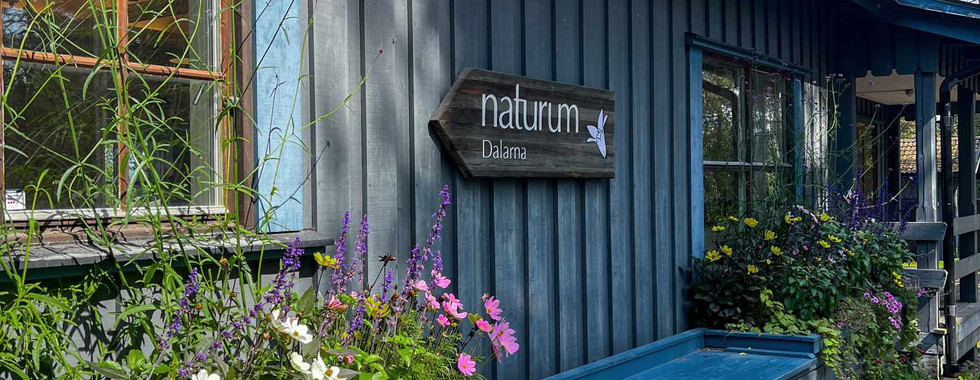



















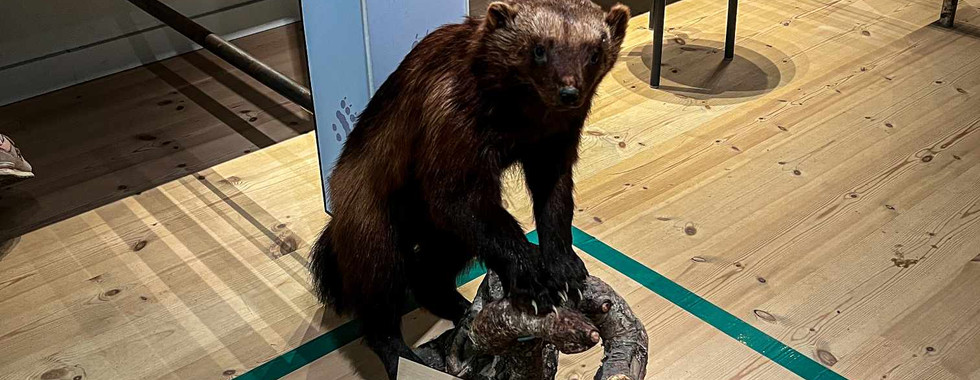






































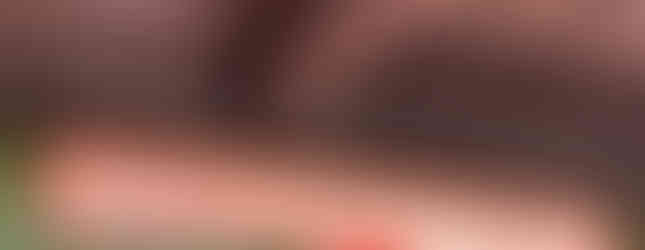




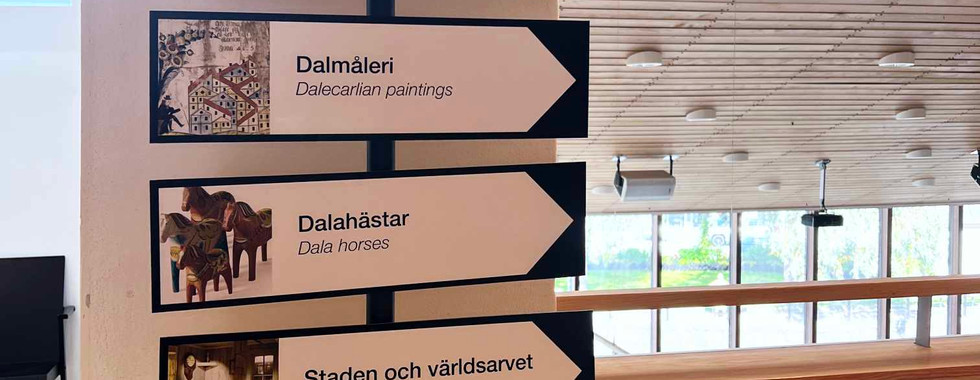






















































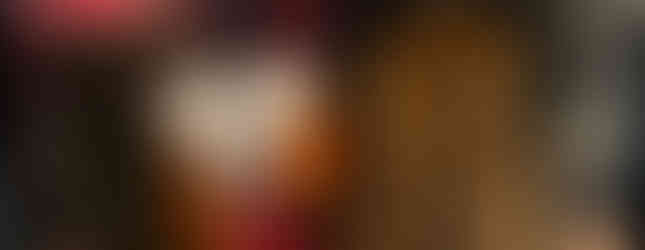

















































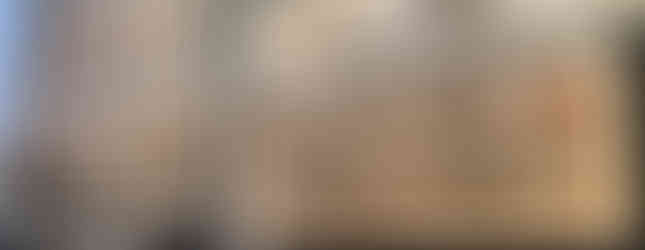








































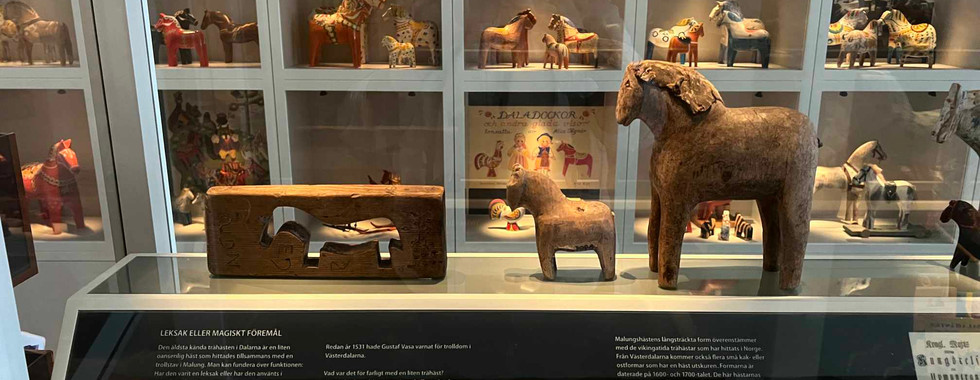













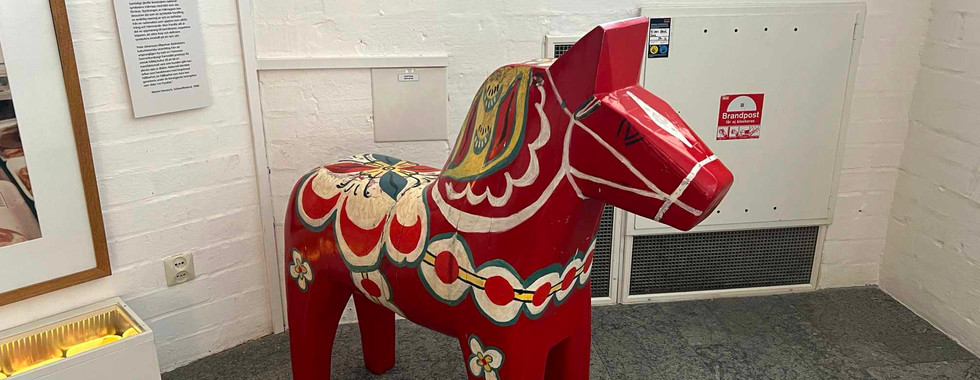
































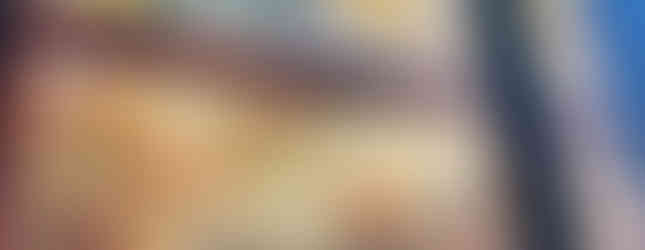


























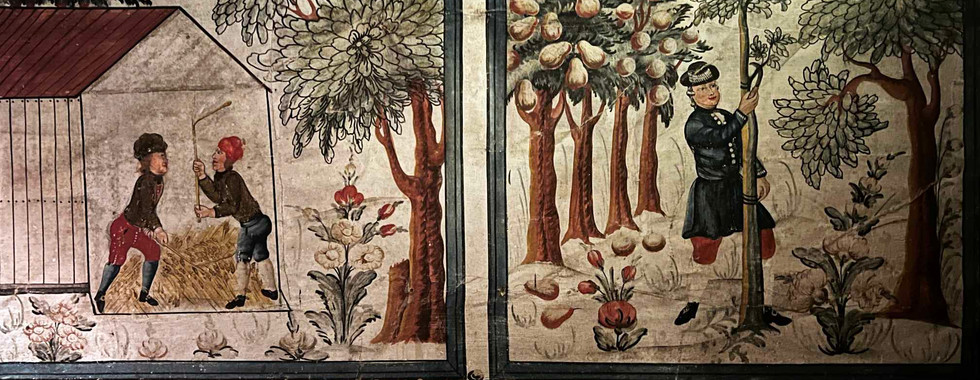
















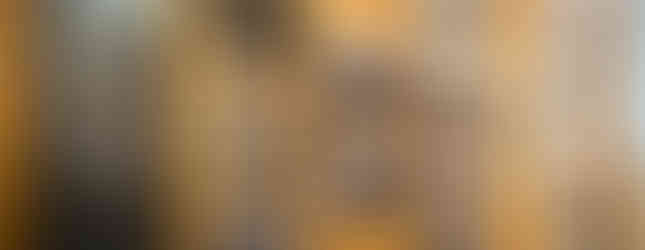






























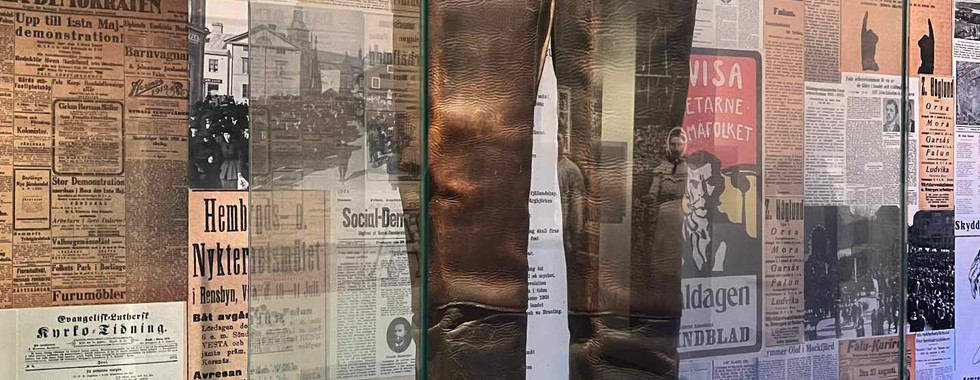























































































































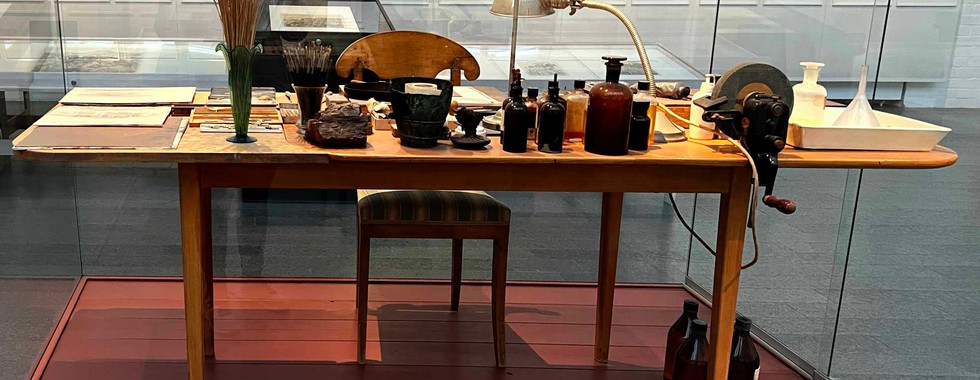























Comments